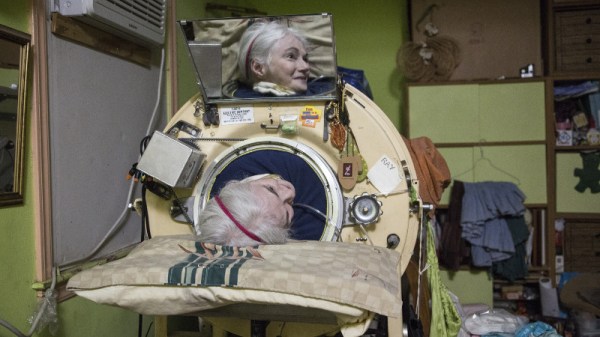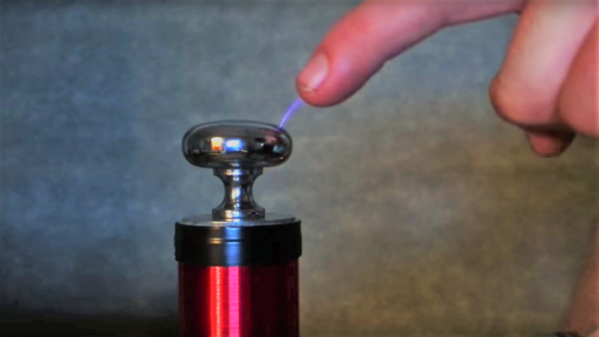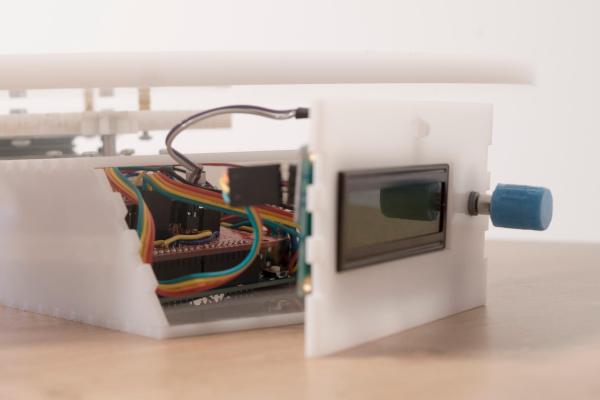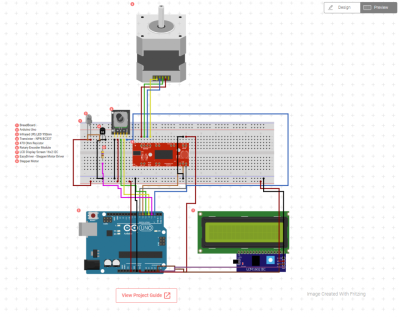Polio was a disease that devastated the United States in the 1950s, but with concerted efforts towards vaccination, is now on the verge of eradication. With the disease a distant memory for most, it’s easy to miss the fact that there are still those suffering the effects of the disease decades after its initial strike.
The iron lung was an invention that helped keep thousands of sufferers alive, by breathing for those who had lost the ability through the degenerative effects of the disease. A small handful of people are still relying on those machines today, and there’s a problem – who is around to keep these machines running?
The story is a powerful one, made up of interviews with those who still rely on their machines on a daily basis to stay alive. Particularly poignant is Lillard’s account of the repairman who came to fix her machine, and tried to leave before putting it back together. As someone who needs the machine operational to survive, this obviously wasn’t going to cut it.
Overall, these are people who have relied on help from friends, neighbours, and local tinkerers to help keep their machines running long after the companies responsible have long stopped supporting the hardware. This has led to an unenviable situation for Lillard herself – she’s no longer able to purchase replacement collars that seal her neck to the machine, as the subsidiary of Phillips responsible only has ten left in the country and will no longer sell to her. Naomi Wu and others are organising on Twitter to find a way to remanufacture these parts. If you’re in the know, or otherwise have the expertise, get involved or throw your ideas down in the comments.
It’s not the first time we’ve heard dark stories of medical equipment from years past – the story of the Therac-25 is particularly chilling.
[via Gizmodo]



















